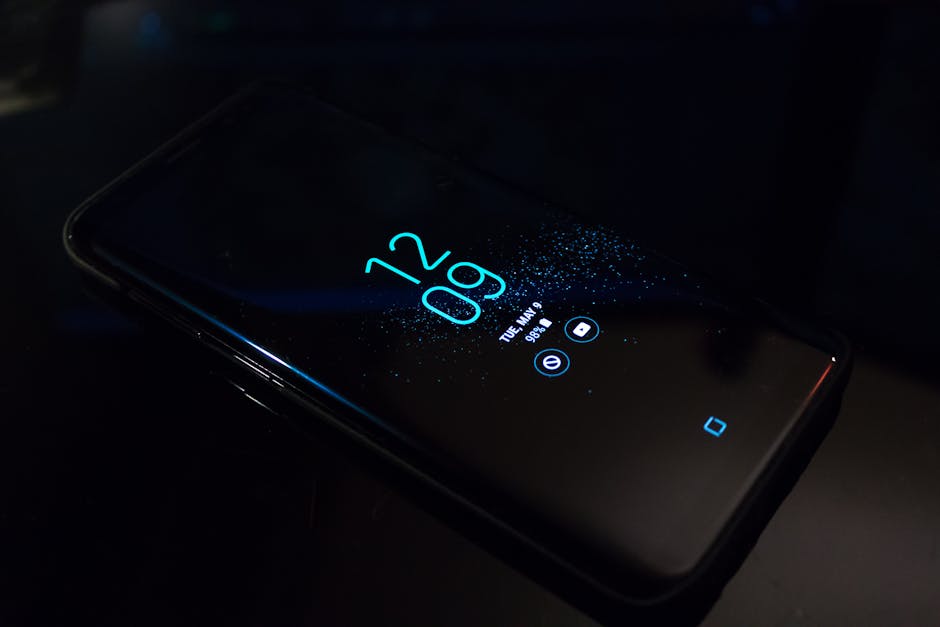Annoyed by your iPhone constantly buzzing? Whether it’s during meetings, movies, or simply when you prefer silence, disabling vibration is a quick and easy process. This guide provides a step-by-step walkthrough on how to turn off vibrate on your iPhone, covering various scenarios and offering tips to customize your haptic feedback experience. Regain control over your iPhone’s alerts and enjoy a more peaceful environment.
Understanding iPhone Vibration Settings
Your iPhone offers granular control over vibration settings, allowing you to customize when and how your device vibrates. Understanding these options is key to achieving the desired level of silence. You can disable vibration for all alerts, specific sounds, or even certain situations. This flexibility ensures you stay informed without the constant buzzing.
System-Wide Vibration Control
The primary setting to control all vibration is located in the Accessibility menu. This acts as a master switch, overriding most other vibration settings. It’s the quickest way to silence your iPhone completely.
Sound & Haptics Settings
Within the Sound & Haptics settings, you’ll find options to manage vibration for specific sounds like ringtones, text tones, and system alerts. This allows for a more tailored approach to vibration management.
Turning Off Vibration for All Alerts
This method completely disables vibration across your iPhone. It’s ideal for times when you need complete silence.
- Open the Settings app on your iPhone.
- Scroll down and tap on Accessibility.
- Under the Physical and Motor section, tap on Touch.
- Toggle the Vibration switch to the Off position (grey).
With this setting disabled, your iPhone will no longer vibrate for any incoming calls, messages, or other alerts.
Customizing Vibration for Specific Sounds
If you prefer to keep some vibration feedback but want to silence specific alerts, you can customize the vibration settings for each sound.
- Open the Settings app on your iPhone.
- Tap on Sounds & Haptics.
- Select the sound you want to customize (e.g., Ringtone, Text Tone, New Mail).
- Tap on Haptic.
- Choose None to disable vibration for that specific sound. Alternatively, you can select a different vibration pattern.
This method provides a more nuanced approach, allowing you to selectively disable vibration for specific alerts while keeping it enabled for others. For instance, you might disable vibration for email notifications but keep it enabled for incoming calls.
Managing Vibration in Silent Mode
Even when your iPhone is in silent mode, it might still vibrate. Here’s how to control that behavior.
- Open the Settings app on your iPhone.
- Tap on Sounds & Haptics.
- Locate the Vibrate on Ring and Vibrate on Silent toggles.
- To disable vibration in silent mode, toggle the Vibrate on Silent switch to the Off position.
This ensures that your iPhone remains completely silent when the Ring/Silent switch is set to silent. Remember that if “Vibrate on Ring” is enabled, your phone will vibrate when receiving calls even if not on silent.
Disabling Vibration for System Haptics
System haptics provide subtle tactile feedback for various actions within iOS, such as scrolling through lists or pressing buttons. If you find these haptics distracting, you can disable them.
- Open the Settings app on your iPhone.
- Tap on Sounds & Haptics.
- Scroll down to the System Haptics toggle.
- Toggle the System Haptics switch to the Off position.
Disabling system haptics will remove the tactile feedback for most interactions within the iOS interface.
Troubleshooting Vibration Issues
Sometimes, even after disabling vibration settings, your iPhone might still vibrate. Here are some troubleshooting tips:
Restart your iPhone: A simple restart can often resolve minor software glitches. Check Accessibility settings: Ensure the master “Vibration” toggle in Accessibility > Touch is disabled. Review app-specific settings: Some apps have their own vibration settings that override the system settings. Check the settings within those apps. Update iOS: Ensure your iPhone is running the latest version of iOS, as updates often include bug fixes.
- Reset all settings: As a last resort, you can try resetting all settings on your iPhone (Settings > General > Transfer or Reset iPhone > Reset > Reset All Settings). This will not erase your data but will revert all settings to their default values.
By following these steps, you should be able to effectively troubleshoot and resolve any vibration issues you might be experiencing on your iPhone.
Conclusion: Take Control of Your iPhone’s Haptic Feedback
Disabling or customizing vibration on your iPhone is a simple yet powerful way to personalize your device experience. By understanding the various settings and options available, you can effectively silence your iPhone when needed and tailor the haptic feedback to your preferences. Take control of your iPhone’s vibration settings today and enjoy a more peaceful and customized mobile experience. Explore these settings and discover the optimal configuration for your needs. Don’t let unwanted vibrations disrupt your day – customize your iPhone to work best for you!






